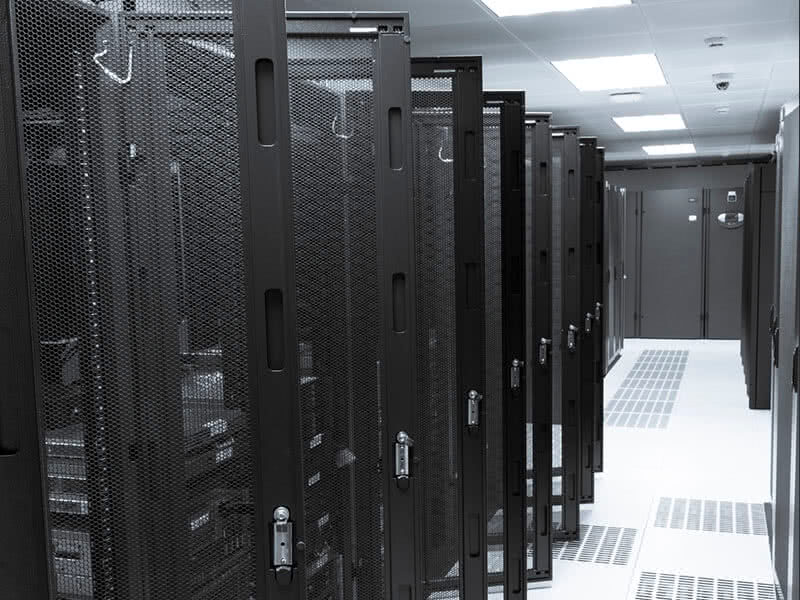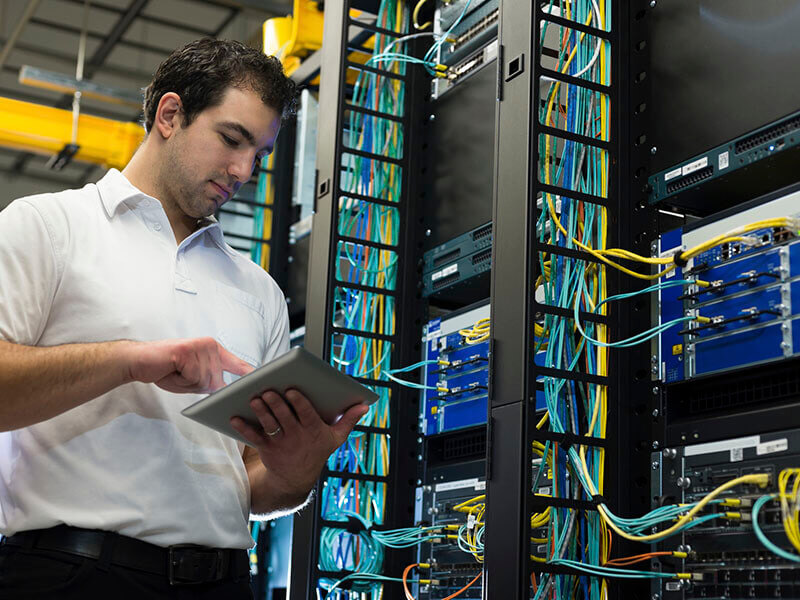People often ask me: “How can I make my data centre more efficient?” It’s a perfectly reasonable question and one I’m quite fit to answer once I have some basic information.
What often surprises me though is the lack of visibility that many IT operators have as to where the power is being consumed. It’s hard to know where to start if you have no power metering in place, yet this is something often overlooked.
Let’s say I want to travel to Brisbane – the first thing I need to know is where I’m travelling from and how am I going to get there? Sydney? Airplane – easy, so Sydney airport is where I’ll start. Similarly, power monitoring is the starting point for data centre efficiency. This gives a snapshot of where the energy is being consumed and can help to uncover potential sources of inefficiencies.
There are four areas where you’re most likely to be losing efficiency – and unsurprisingly, they are the four most important elements to any data centre:
- The IT load - typically the output power of the UPS
- The cooling equipment - typically Computer Room Air Conditioning (CRAC) equipment and the input power to these
- The input power to the Uninterruptible Power Systems (UPS)
- The room itself and its layout/configuration
The first three tell you your Power Usage Effectiveness (PUE) numbers, which allow you to benchmark how your data centre performs against organisations with similar infrastructure. It’s not an exact science, but it gives a good indication as to whether something’s not adding up.
NABERS (National Australian Built Environment Rating System) ratings tell a more detailed story. While PUE numbers focus solely on infrastructure, NABERS considers infrastructure, IT equipment connected to it and the facility as a whole. The energy you’re using in the data centre may not be the source – or only source – of inefficiencies, it’s important to look at the complete picture and also consider the edge of the network. Efficiency for the whole ICT platform should be taken into account, not just the data centre in isolation.
Consolidate, consolidate, consolidate.
There are a number of changes you can make from the onset to increase your efficiency – go through your inventory and think critically about what’s there, especially old servers, routers, switches, storage etc., that may not be used anymore and consider removing or consolidating them. Also look outside of the data centre at anything that falls into the same domain – fax machines (I mean, when was the last time you sent a fax?), printers etc., especially if they are being powered by the UPS. On the software side, think about any legacy platforms and how efficient they are and the additional processing they might be using, even when not being used themselves. This kind of workplace de-cluttering can reduce energy consumption and has the added benefit of freeing up physical and virtual space in your organisation. Even simple things like ensuring lights are off when no one is in the data centre can have an impact.
If you really do need an excessive amount of devices, then that tells its own story – it may be worth investing in some OPEX to upgrade equipment and reduce the number of devices and overall size of your infrastructure. Every device you remove has a cascading positive impact on energy saving, especially in the data centre. Every watt saved at this level result in a 2.84 Watt total savings, as highlighted in our Energy Logic 2.0 whitepaper.
Stay tuned for part two of my data centre efficiency blog.




